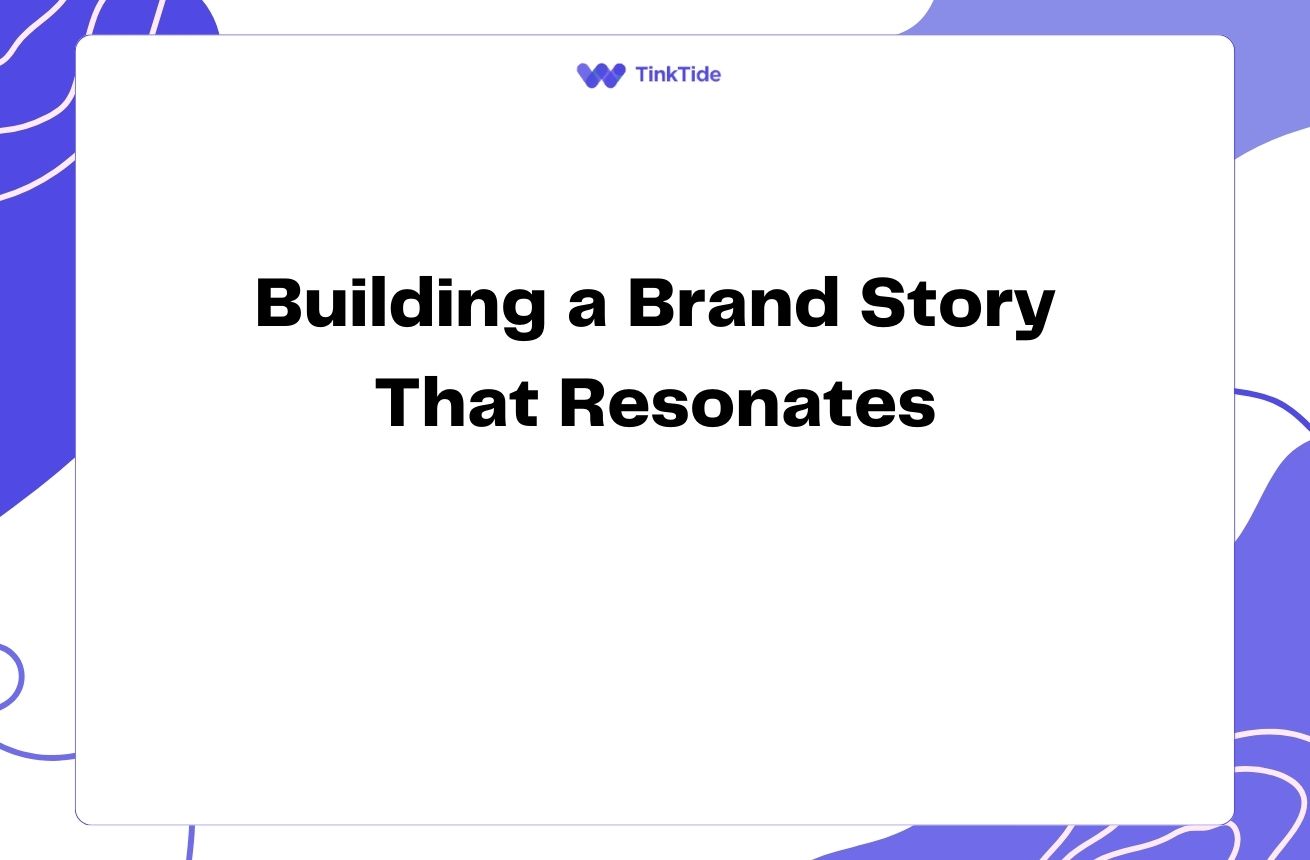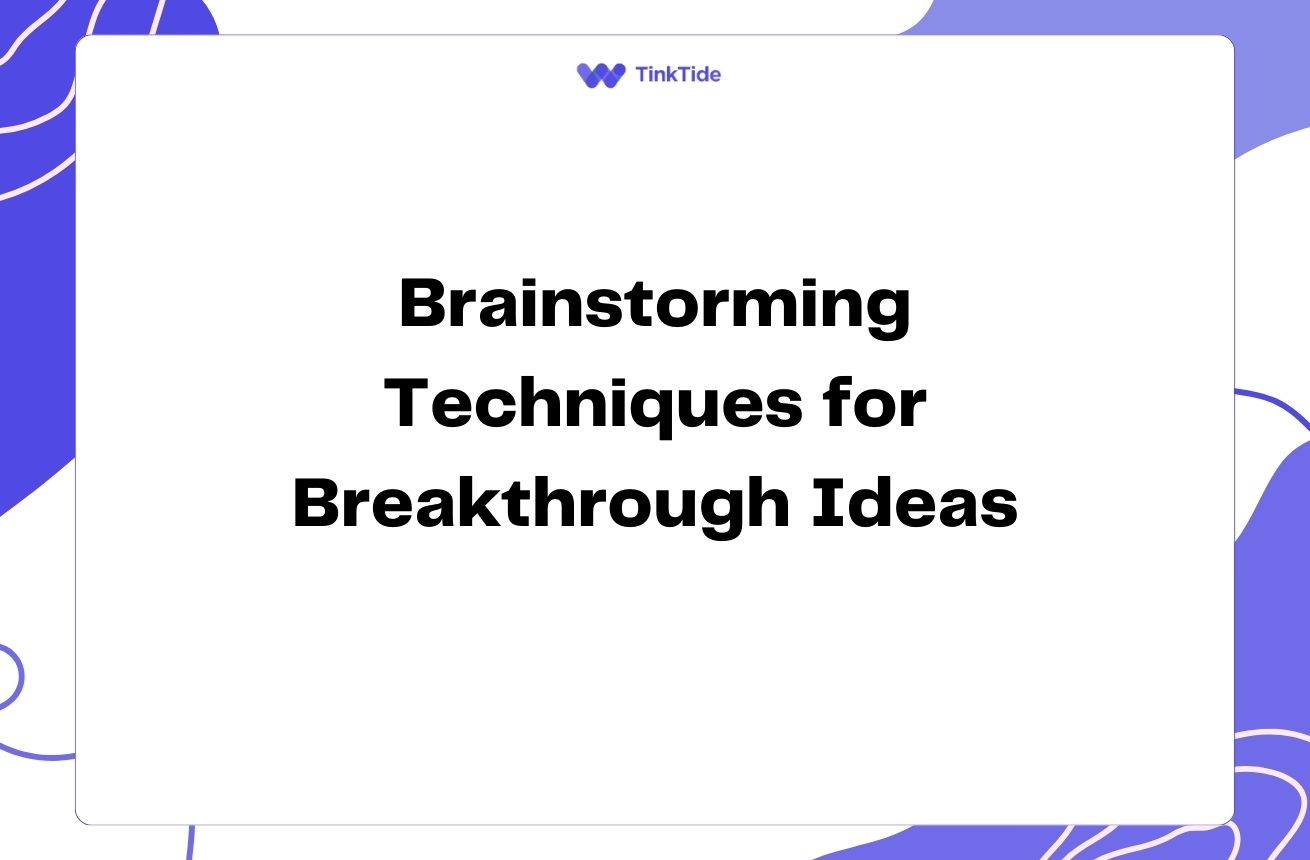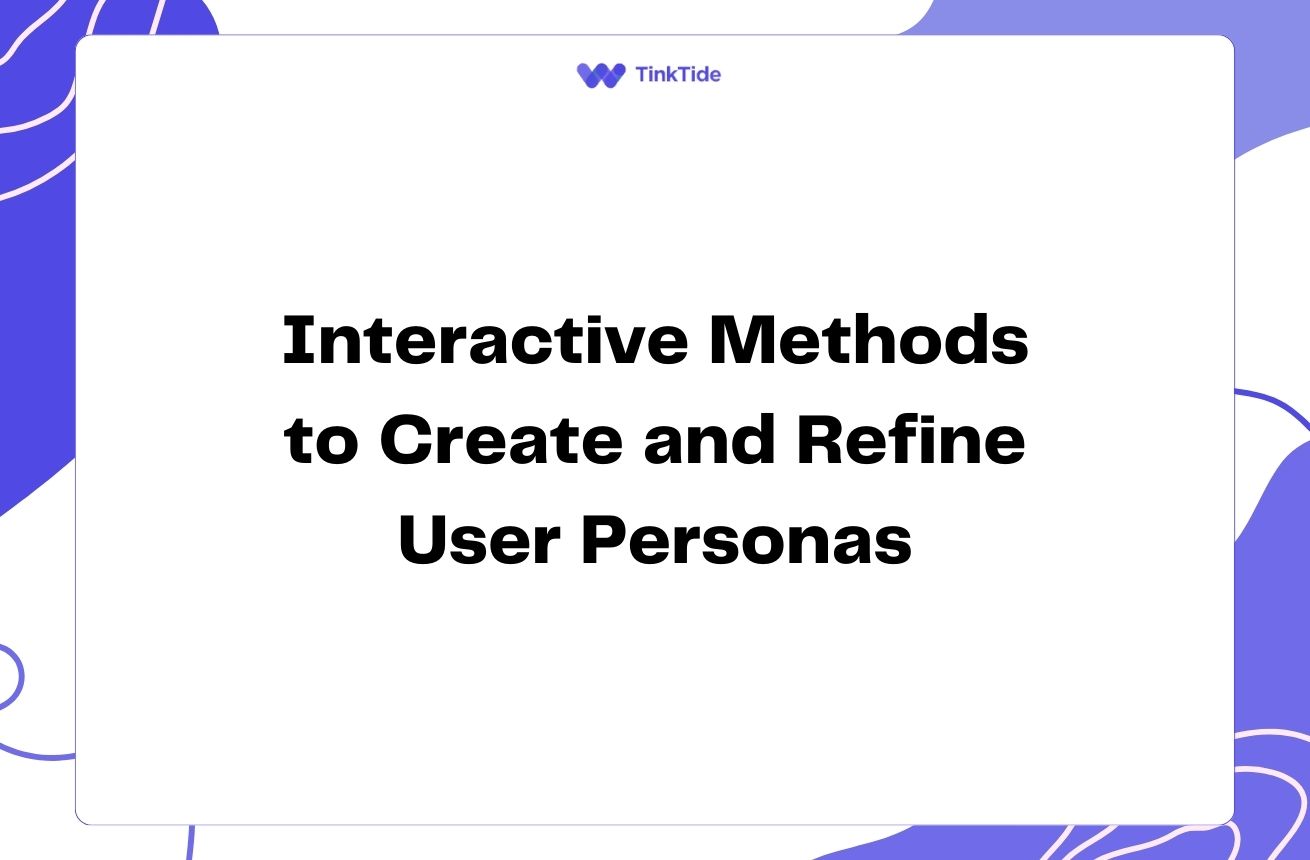Businesses Thriving with the Business Model Canvas: Real-World Examples
Understanding the Business Model Canvas
The Business Model Canvas is a strategic management tool that allows companies to visualize, design, and pivot their business models. Created by Alexander Osterwalder, it provides a simple yet powerful framework for organizations to map out their key components and identify areas for improvement.
This visual chart consists of nine building blocks: Customer Segments, Value Propositions, Channels, Customer Relationships, Revenue Streams, Key Resources, Key Activities, Key Partnerships, and Cost Structure. By filling out these sections, businesses can gain a holistic view of their operations and make informed decisions about their strategy.
Let's explore how some of the world's most innovative companies have leveraged the Business Model Canvas to disrupt industries and achieve remarkable success.
Airbnb: Revolutionizing the Hospitality Industry
Airbnb is a prime example of a company that used the Business Model Canvas to create a groundbreaking business model. By identifying their unique value proposition of connecting travelers with local hosts, Airbnb disrupted the traditional hospitality industry.
Customer Segments: Airbnb targets both travelers seeking unique, affordable accommodations and property owners looking to monetize their spare space.
Value Proposition: The platform offers travelers authentic local experiences and cost-effective alternatives to hotels, while providing hosts with an easy way to earn extra income.
Key Activities: Airbnb focuses on maintaining and improving its online platform, vetting hosts, and ensuring a smooth booking process for guests.
By carefully considering each element of the Business Model Canvas, Airbnb was able to create a scalable, two-sided marketplace that has transformed the way people travel and book accommodations.
Uber: Disrupting Transportation with Technology
Uber is another excellent example of a company that utilized the Business Model Canvas to revolutionize an industry. By identifying gaps in the traditional taxi service model, Uber created a technology-driven solution that has changed urban transportation worldwide.
Customer Segments: Uber serves two main groups - riders looking for convenient transportation and drivers seeking flexible employment opportunities.
Key Resources: Uber's mobile app and algorithms for matching drivers with riders are crucial to its success.
Revenue Streams: The company generates revenue by taking a percentage of each ride fare, creating a scalable business model.
By mapping out these elements on the Business Model Canvas, Uber was able to create a lean, technology-driven business that has disrupted the traditional taxi industry and expanded into new markets like food delivery with Uber Eats.
Netflix: Transforming Entertainment Consumption
Netflix has undergone several transformations since its inception, each time using the Business Model Canvas to refine its strategy. From DVD rentals to streaming to original content production, Netflix has consistently innovated to stay ahead of the curve.
Value Proposition: Netflix offers a vast library of on-demand content at an affordable price, with personalized recommendations and no advertisements.
Key Activities: Content acquisition and production, technology development for streaming and recommendations, and global expansion are crucial to Netflix's success.
Customer Relationships: Netflix builds long-term relationships through personalized content suggestions and a user-friendly interface.
By continually reassessing and adjusting its Business Model Canvas, Netflix has transformed from a DVD rental service to a global entertainment powerhouse, producing award-winning original content and revolutionizing how we consume media.
Lessons from Successful Business Model Canvas Applications
These real-world examples demonstrate the power of the Business Model Canvas in helping companies innovate and disrupt industries. Here are some key takeaways:
- Focus on solving real customer problems and creating unique value propositions
- Leverage technology to create scalable, efficient business models
- Continuously reassess and adapt your business model to stay ahead of market changes
- Consider multi-sided platforms to create value for different customer segments
- Prioritize key activities and resources that directly contribute to your value proposition
Implementing the Business Model Canvas in Your Organization
To apply the Business Model Canvas in your own business, follow these steps:
- Step 1: Gather a diverse team from different departments
- Step 2: Start with the Customer Segments and Value Propositions blocks
- Step 3: Fill out the remaining blocks, considering how they support your value proposition
- Step 4: Identify potential gaps or areas for improvement in your current model
- Step 5: Brainstorm innovative solutions and test new ideas using the canvas
The Future of Business Model Innovation
As technology continues to evolve and consumer behaviors shift, the Business Model Canvas will remain a valuable tool for companies looking to innovate and stay competitive. Emerging trends like artificial intelligence, blockchain, and the sharing economy are creating new opportunities for business model innovation.
By regularly revisiting and updating their Business Model Canvas, companies can stay agile and responsive to market changes, ensuring long-term success and growth.
Common Questions About the Business Model Canvas
Here are some frequently asked questions about using the Business Model Canvas:
How often should a company update its Business Model Canvas?
It's recommended to review and update your Business Model Canvas at least annually, or more frequently if you're in a rapidly changing industry. Regular reviews help ensure your business model remains relevant and competitive.
Can the Business Model Canvas be used for non-profit organizations?
Yes, the Business Model Canvas can be adapted for non-profit organizations by focusing on social impact rather than financial profit. The 'Revenue Streams' block can be replaced with 'Funding Sources' to reflect the different financial model of non-profits.
How does the Business Model Canvas differ from a traditional business plan?
The Business Model Canvas is a more visual and concise tool compared to a traditional business plan. It focuses on the key elements of a business model and how they interact, making it easier to iterate and pivot quickly. A business plan, on the other hand, is typically more detailed and text-heavy, often used for securing funding or long-term planning.
Can small businesses benefit from using the Business Model Canvas?
Absolutely! The Business Model Canvas is valuable for businesses of all sizes. For small businesses, it can help clarify their value proposition, identify key resources and activities, and find new opportunities for growth and efficiency.
How can I validate the assumptions in my Business Model Canvas?
To validate your assumptions, you can use techniques like customer interviews, surveys, prototype testing, and small-scale pilots. The Lean Startup methodology, which emphasizes building-measuring-learning cycles, pairs well with the Business Model Canvas for testing and validating business ideas.
Additional Resources for Business Model Innovation
Business Model Generation
The original book by Alexander Osterwalder introducing the Business Model Canvas
Strategyzer
Official website with tools and resources for using the Business Model Canvas
Harvard Business Review: Reinventing Your Business Model
In-depth article on business model innovation
Y Combinator Startup School
Free online program with lessons on business model development and startup growth
MIT Sloan: The Nine Elements of a Successful Business Model
Academic perspective on the components of effective business models
Embrace the Power of the Business Model Canvas
The success stories of Airbnb, Uber, and Netflix demonstrate the transformative power of the Business Model Canvas when applied effectively. By providing a clear, visual representation of a company's key components, this tool enables businesses to innovate, adapt, and thrive in today's rapidly changing market landscape.
Whether you're a startup founder, a small business owner, or a corporate executive, the Business Model Canvas offers a practical framework for understanding and improving your business model. By regularly revisiting and refining your canvas, you can identify new opportunities, streamline operations, and create sustainable competitive advantages.
Start applying the Business Model Canvas to your own business today, and unlock the potential for innovation and growth that has propelled companies like Airbnb, Uber, and Netflix to the forefront of their industries.
Transform Your Business Strategy
Ready to revolutionize your business model? Start your journey with our powerful business strategy tools.
Start Your Free Trial

